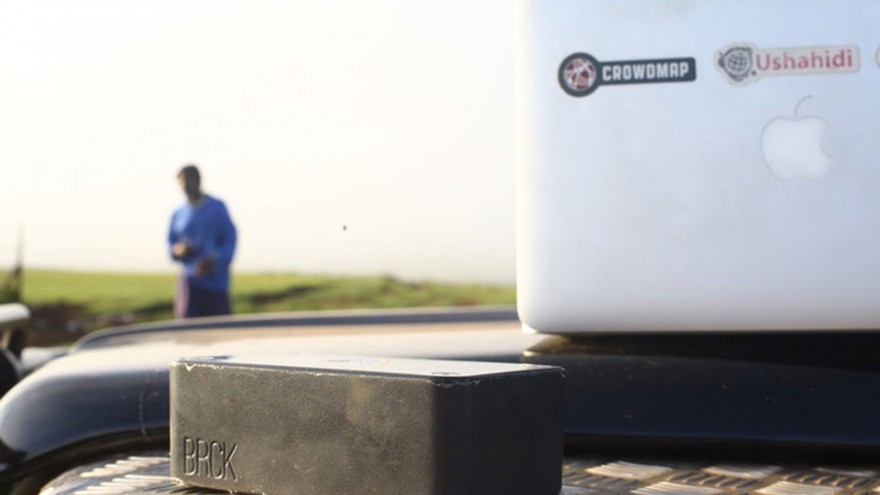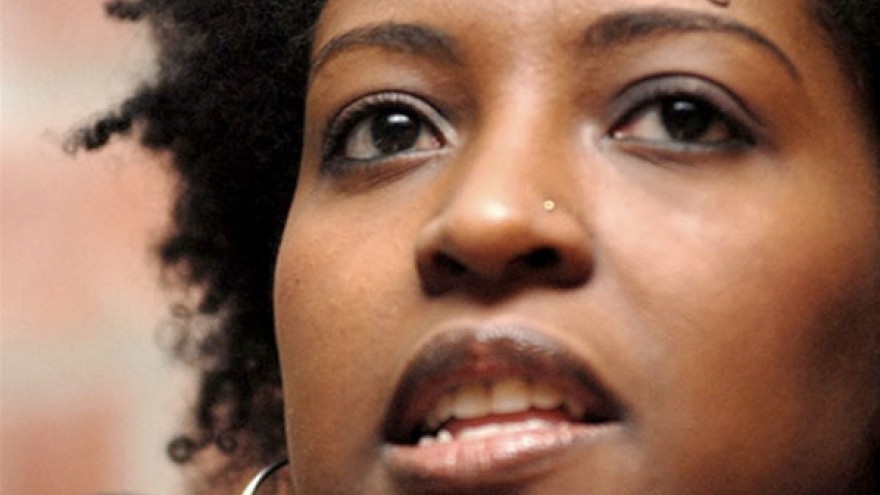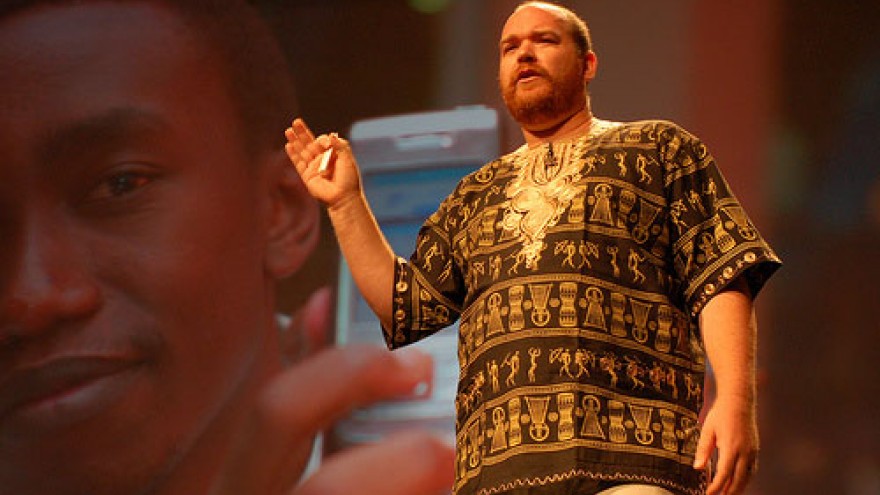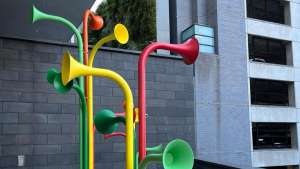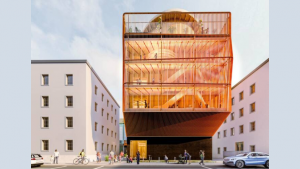The international tech world is buzzing about a product developed in Africa – and it comes as no surprise to discover the product was developed by Nairobi-based technology collective Ushahidi, one of the major forces behind the digital upsurge that is Silicon Savannah.
The African non-profit tech company specialises in developing free and open source software for information collection, visualisation and interactive mapping. It shot to fame for its crowd-sourcing software developed during the 2007/2008 Kenya elections.
Now it has developed a prototype to enable that software to be used anywhere, anytime. Called BRCK, it’s a new type of Internet modem. One designed to withstand power cuts and cope in unpredictable environments – hallmark conditions of living in Africa.
"We realised that what we really needed was a smart, rugged device that could connect to the Internet any way it could, hop from one network to another, create a hotspot for multiple devices while plugged in or running on battery power," reads a company-issued statement.
So, with the help of $172 107 start-up capital raised on crowd-funding site Kickstarter, the company started from scratch in designing a "back-up generator for the Internet", as it has been dubbed.
Ushahidi director Juliana Rotich earlier this year told the BBC that she hopes (the BRCK) will kick-start a hardware revolution on the continent.
The BRCK was reported to be going on sale this month at a cost of $199 (R2 020). But technologist and Ushahidi co-founder Erik Hersman said this week that they had to delay the production run of the BRCK until January due to a delay beyond their control. The supplier of a critical component wasn't going to be making the component anymore so they had to find another comparable one.
We’ve been testing and improving it in the extra time we have though, with a recent trip up to Turkana (in Kenya) for the solar eclipse, Hersman said.
The web mashup that led to an open source flagship platform now used in countries and situations all over the world was developed in Kenya by Ushahidi. It was initially developed to map reports of violence in Kenya after the election fallout in 2008. The map was based on reports submitted via the web and mobile phones by citizens of Kenya.
The flagship platform is built on the idea that gathering crisis information from the general public provides new insights into events happening in near real-time. It gives a greater overall picture of events than any one organisation can provide and it has the capability to help organisations marshal efforts to assist in areas that are not well covered in the mainstream media.
According to various published news reports, subsequent to the elections it has been used by a Kenyan wildlife charity to track lion and elephant sightings. Al-Jazeera used it during the 2009 Gaza war. When Haiti was struck by an earthquake in January 2010, a Ushahidi map backed up by a volunteer network that included Haitian-Americans translating text messages from Creole was used by search and rescue teams to find survivors. Hillary Clinton said in 2010 during a high-profile speech on Internet freedom that it had led a US team to a seven-year-old girl and two women buried under the rubble of a collapsed supermarket. Ushahidi has also mapped the impact on communities of the BP oil spill, irregularities in the Nigerian election and Japan’s earthquake and tsunami.
Today it is a US-registered non-profit organisation with most of its development team from different countries in Africa, including Kenya, Ghana, South Africa and Malawi. Contributing developers hail from the US and Europe.
How the BRCK works:
The modem runs off mains electricity but also has a built-in battery with an eight-hour life. The BRCK can switch seamlessly between fixed-line broadband, Wi-Fi and 3G/4G connections – similar to the way a smartphone operates. There’s a SIM card slot for emergencies that allows the modem to get 2G data services such as GPRS from virtually any phone tower.
It supports up to 20 devices simultaneously and is physically robust enough to withstand dust, humidity and being a bit manhandled. It’s meant to work pretty much anywhere that gets a cellular phone signal.
Each BRCK is connected to the BRCK Cloud, which lets users check on their BRCK from anywhere in the world even if they're not directly connected to it and, if needed, set up alerts and applications. The cloud contains information about the mobile phone networks in each country, so BRCKs can be configured to the latest settings as and when needed.

